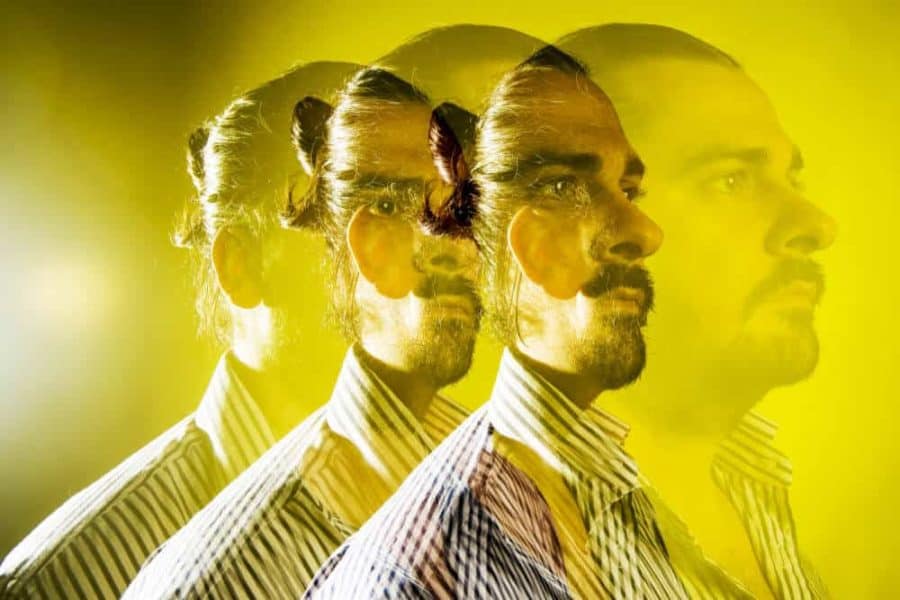Take a moment to give yourself goosebumps. Go ahead. We’ll wait.
What’s that? You can’t control your goosebumps? No worries—not everyone can do it. But some people can.
Surprised? You’re not alone. James Heathers, a postdoctoral researcher at Northeastern, peruses old scientific articles as a hobby. He first discovered this weird phenomenon while reading a case study from 1938. After finding the first example, he went digging for more. But there wasn’t much, so Heathers decided to study the anomaly himself.
In a paper published Monday in the online journal PeerJ, Heathers, associate professor Matthew Goodwin, and their collaborators examined 32 people who exhibit voluntary control of piloerection, the scientific name for the ability to control goosebumps.
The researchers found that about 80 percent of participants in the study described their experience of the process in almost the exact same way. Here’s how they say it works: You create some muscular tension on the back of your head, on your neck, or behind one ear. The goosebumps start there and then propagate, spreading down your back and onto your arms. And it takes almost no effort.
“People who can do this find it really easy and straightforward, no harder than moving your arm or putting on a hat,” Heathers said. “They’re usually surprised to find out that other people can’t do it. That’s how easy it is.”
As if that weren’t bizarre enough, the researchers found something else: People who can control their goosebumps seem to share the personality trait of being extremely open. It’s a preliminary result, Heathers said, but a strong one. Most participants in the study ranked highly on a variety of psychological tests that measure openness to experience.
What could this mean? Heather isn’t sure. But he said it might teach us something about the way emotions develop.
If you think about emotions in terms of their physical side effects, such as shaking or sweating in fear, an interesting question arises.
“What happens to the emotional state of someone who can control one of those things?” Heathers asked.
Being able to answer that question might teach us something about the nature of emotion, Heathers said. And understanding this weird phenomenon could help explain why physical experiences of emotion are stronger in some people than others, and how those differences lead to the development of diverse personality characteristics.
But wait, it gets more unsettling. From a physiological perspective, controlling goosebumps on command should be impossible. The tiny muscles that pull up your skin to form bumps don’t have a conscious connection to the brain. There aren’t nerves that provide a motor impulse to control them.
“Without the involvement of a higher-level brain process ordering them to do something, it should technically be impossible,” Heathers said.
So, what’s going on? Is it witchcraft? Magic? Maybe. But Heathers said it’s more likely that early scientists left something out of the models we currently use to explain this particular mechanistic process. We’re missing a crucial piece of the story about what goosebumps represent.
That means it’s back to the drawing board. Heathers plans to continue the research with a larger study.
“It’s fun to be studying something that nobody has thought to study before,” Heathers said.
Can you control your goosebumps? If so, we want to hear from you. Contact the researcher directly at [email protected].
If our reporting has informed or inspired you, please consider making a donation. Every contribution, no matter the size, empowers us to continue delivering accurate, engaging, and trustworthy science and medical news. Independent journalism requires time, effort, and resources—your support ensures we can keep uncovering the stories that matter most to you.
Join us in making knowledge accessible and impactful. Thank you for standing with us!

